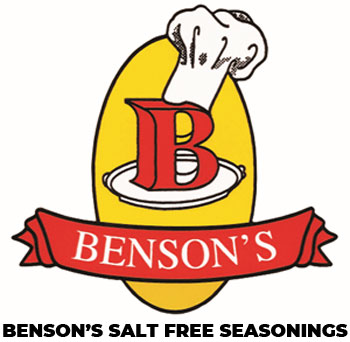Today it seems that most diets, including heart-healthy diets, are focused on reducing fat and calories. They are forgetting about sodium. Lowering sodium intake is also important, especially in regard to a heart-healthy diet.
Of course, it is important to watch your fat intake as fat has calories. It is also important to watch for and lower bad fats like saturated and hydrogenated, and to eliminate trans fats. All fats are not created equal.
It is important to add good fats.
Include more mono-unsaturated fats, such as olive oil, nuts, nut oils, and avocados. It is also important to include fish oils, especially from fish high in Omega 3’s like salmon. You may need to supplement with high-quality fish oils to make sure you get enough Omega 3 essential fatty acids.
Increase your intake of fresh vegetables and fruits.
Include a variety of colorful fruits and vegetables. You may have heard it said, “Eat around the colors of the rainbow”. Most folks don’t eat enough fruits and vegetables on a daily basis, or enough variety. Many diets say to eat 4 to 6 servings a day. Experiment and try new foods, new tastes and new varieties of fruits and vegetables. Eat more variety and you’ll get more variety of nutrients.
Try adding one new (nutritious and heart-healthy) food a week.
Perhaps you don’t eat dark leafy greens like spinach or not very often. Try a spinach salad (leave out the bacon), or a chicken breast stuffed with spinach, or add spinach to a pasta or soup recipe. Even when eating green salads try different types of greens. This helps you get used to new foods and tastes. This is a good step as long as you don’t drown the salad in most salad dressings. Choose more heart-healthy extra virgin olive oil-and-vinegar salad dressings and avoid the high sodium and saturated fat in most creamy and dairy-based salad dressings.
Include fresh garlic.
This not only adds a lot of flavor, but fresh garlic is very good for your heart: a win-win situation. You can find a way to add fresh garlic to almost any dinner recipe or side dish. If you don’t like preparing fresh garlic you can use tools like a garlic press, garlic slicer, garlic peeler, even a small food processor, or an herb grinder, to help you out. Today you can also find jars of already-peeled, chopped or minced, fresh garlic in the grocery store. Learning to work with fresh garlic is worth it.
Choose no salt or salt-free seasonings.
This is probably one of the most important steps when cooking heart-healthy recipes. You need to get the salt out and flavor in. Sometimes folks forget to use enough seasoning. They may be used to cooking with seasonings that had a lot of salt in them so they are more careful, almost too careful. When adding no salt seasonings, you can and should be generous. Increase the amount of seasoning and you increase flavor; just make sure it’s a flavor you like. Also, get a variety of no salt seasonings, as you can get tired pretty fast of eating the same flavor over and over.
Preparing heart-healthy recipes that are low sodium and flavorful, are key to helping you stay on a heart-healthy diet.
